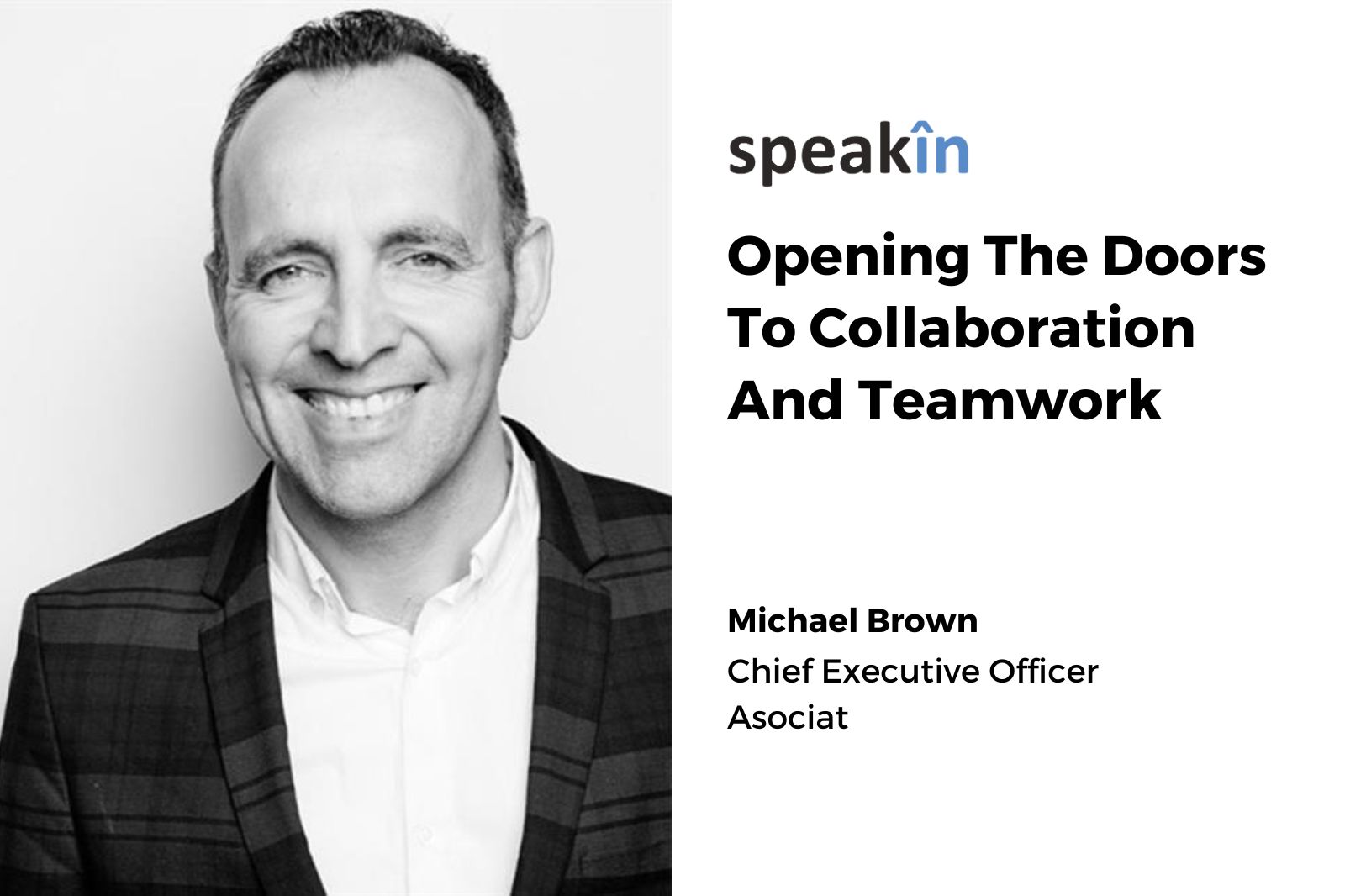We have collectively evolved as collaborators and competitors. It’s a challenging mix of instincts all right; like tectonic plates, those instincts constantly grind together and generate heat. But here’s the thing: We can collaborate and get stuff done despite our disagreement. I am going to show you how to attain collaboration heaven in five steps.
1. Medice, cura te ipsum
Physician, heal thyself is the English translation of the ancient Latin proverb, which is found in a variety of classical texts. It refers to the hypocrisy of offering advice to fix the defects of others without first attending to one’s own shortcomings.
Look in the mirror. Are there any personal behaviours or biases negatively affecting the potential for a harmonious culture in your enterprise? I will offer my own example. I spectacularly fell out with my partners in a business I ran for a decade. Everyday boardroom disagreements turned into a power struggle, culminating in an ugly display of white-hot emotions on the office floor.
The aftermath threatened the security of my family, disrupted the valued team we’d put together, cost all the partners a small fortune in legal fees, and the business turned to ashes.
Could we have done things differently?
Definitely. Knowing how to… that’s different.
Research shows that people in dispute suffer from attribution bias—they assume their motivations are just and it’s the other side that is to be blamed. I failed to recognise that bias. Eventually, the realisation that the viewpoints of my partners were just as valid became a watershed. It led to my getting rid of those blinkers and unshackled effective leadership.
2. Acknowledge those urges
A recent study of 106 blue chip corporations found that business collaboration projects failed more often that they succeeded; 73 per cent of participating leaders cited turf wars as a major barrier to success. One said, "People are more interested in who gets the glory, or the blame, when collaborations go right, or wrong."
What about you? If, in an interview, you were asked… “Are you a team player?” You’d say yes. Right?
It’s the intellectually right choice.
But. Your instincts might scream otherwise.
Consider this: In a survey across 3 media businesses I’m involved with I asked participants to recall day one in their job.
When asked if they came to the role thinking of themselves as team players, 77.5% claimed: ‘Yes, Always’. 20% said ‘Yes, but only sometimes’, a flexible approach suggesting they only play ball when it is advantageous.
Only 2.55% admitted an outright ‘No – none of the time’. This minority were honest. How about the rest?
When asked if, on that first day, they also imagined getting promoted in the future, 79% said yes. 48% said they imagined making it all the way to CEO.
I thought this was intriguing – promotion elevates you above your colleagues. This jars against the success of a team (which demands everyone accepts equal recognition). It raises the question: Is it possible to be truly collaborative if you also seek personal glory? Working against you is the hierarchical nature of organisational life; hierarchies encourage competition.
The mere act of acknowledging this difficult blend of corporate structure and evolutionary urges shines a light on the next step to paradise…
3. Driving the culture – do a Values Outing exercise
Much has been said about the primary step to shaping culture; take a values-first approach to recruitment; a signpost to all that there are defined, identifiable behaviours. Equally, you’ll find swathes of experts telling you that daily decision-making should be guided by your values and mission.
Assuming your leadership team live and breathe both, what about your people? How can you be sure they’re aligned? it’s difficult to really know if the person who turns up to the job is the same person who came to the interviews.
Values outing can help… Ask your candidates to metaphorically rip up their CVs and rethink their achievements in a different way—to show how they’ve lived your organisation’s values by reworking and categorising the structure of their CVs using each of your values as a heading, and crucially, how they align with their personal values.
The foreword to a survey of the value of values in business by Maitland, the consultancy firm, asked how many CEOs could honestly say the values they so lovingly crafted were fully lived in their organisation. This exercise will crystallise your culture in the minds of your people from day one. It also allows you to deploy evolutionary theory to guard against your collaborative endeavours going awry.
4. Apply evolutionary theory–Be More Finch
In the geographically isolated Galapagos, there are 13 species of finches. Known as Darwin’s finches, they evolved to live in different ecological niches. The difference in the shape of a beak or claw reduces competition for food in an ecosystem containing limited resources. In a process called ‘Adaptive Radiation’, some finches evolved characteristics enabling them to feast on insects, others eat seeds, one eats leaves and the other cactus.
People also undergo adaptive radiation to counteract the effects of the pecking order. Darwin’s finches evolved over generations. Whereas humans possess an open genetic programme allowing adaptations to occur within an individual’s lifetime. These birds point the way to collaboration heaven. They found harmony by diversifying. The net effect: finches avoided competing for the same resources. In organisational life people compete for the same thing too: R&R (recognition and reward).
The parallels with organisational life are striking; people strive to find a niche to divert investment in their direction. Any organisation can be a Darwinian minefield. One way of avoiding booby traps is to be more finch. When building a team around an enterprise, think of it as the Galapagos, and the people required to deliver it as finches. Using the results of your values outing as a guide, split your projects into workstreams. What complimentary values and qualities are required to achieve each workstream and what finches do you need; who are your cactus-eaters and who the leaf-eaters?
Being more finch will enhance your collaboration. However, you’re not in paradise yet…
5. Embrace the disagreements
Disagreement is a motivating force, capable of driving massive economic, political and social change—for good or bad. Which outcome is good and which isn’t is often subjective. My heaven might be your hell, and vice-versa. To succeed in winning people over, or have them move closer to your position, requires a perspective shift.
You may have heard the phrase “It’s better to have him inside the tent pissing out, than outside the tent pissing in.” Lyndon Johnson, the 36th American president said this of J Edgar Hoover (The New York Times, 1971).
If a disagreement could be compared to a tent, many of us have stood outside shouting in through the tent flaps. It’s futile. Even though the release of tension that comes with volubly voicing your disagreement can be cathartic, it’s better to walk into the tent and engage people you disagree with and embrace their perspective. Or at least get a glimpse through their eyes while not necessarily agreeing with everything. To get there, you need a bit of courtesy and a little respect.
The art of perspective taking, to truly consider opposing points of view contains a risk; that a challenge to your personal beliefs may occur. You might move closer to the opposition. Welcome, you’re entering the middle ground; the gates of collaboration heaven. No passport is required to get in other than an open mind. A way through is possible. Good luck.
(The author is CEO of Asociat in UK, an agency that helps brands create partnerships with the communities they serve. He is the author of the book ‘I Don’t Agree’, gold medal winner at the Business Book Awards 2021.)

